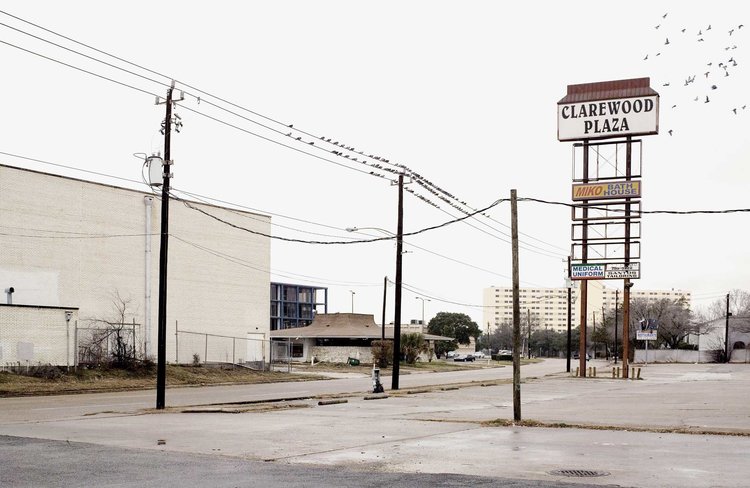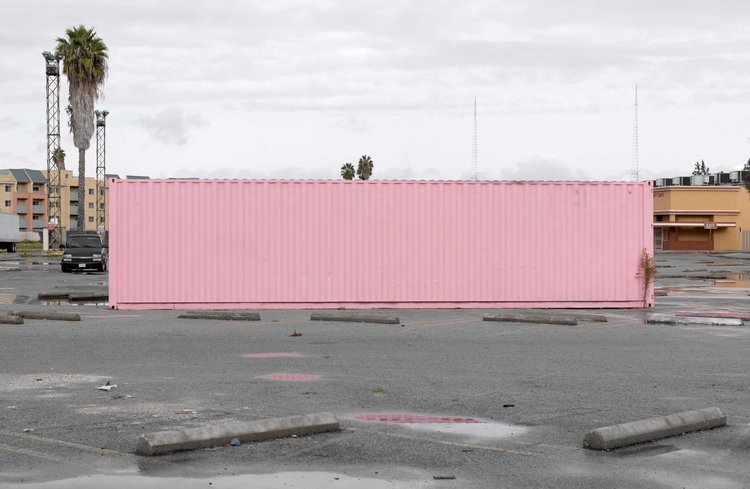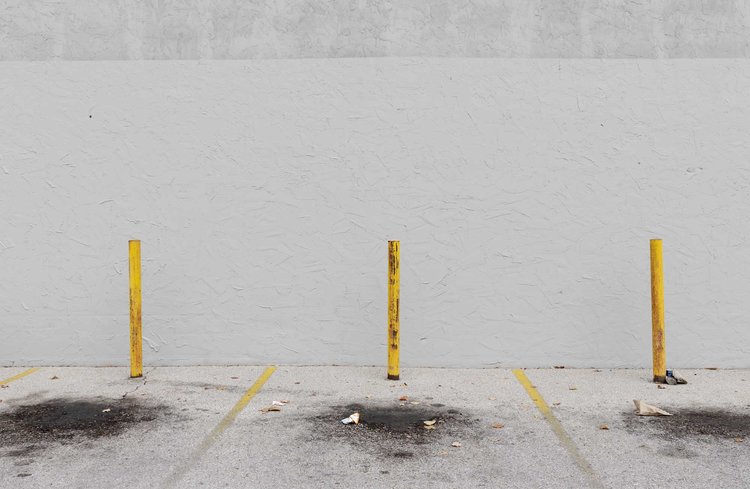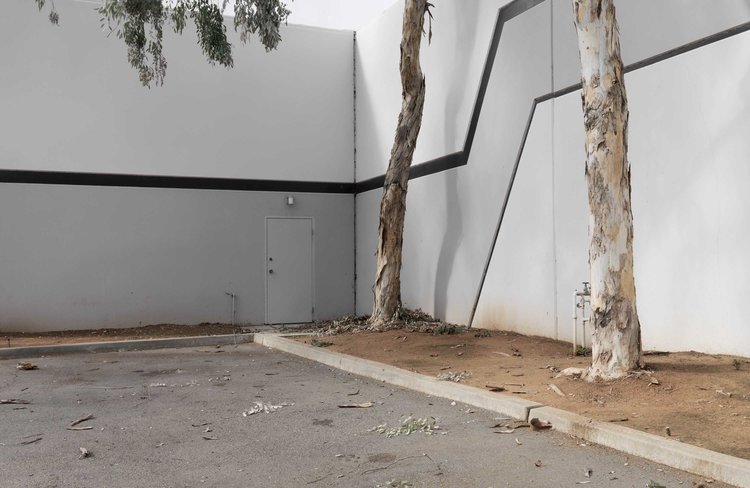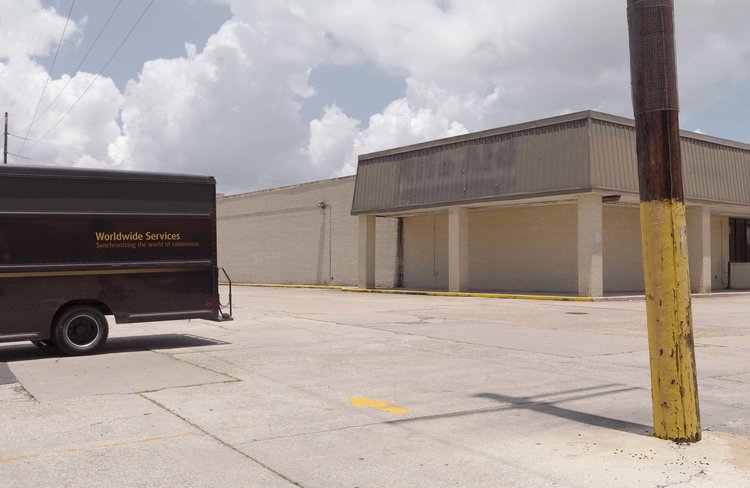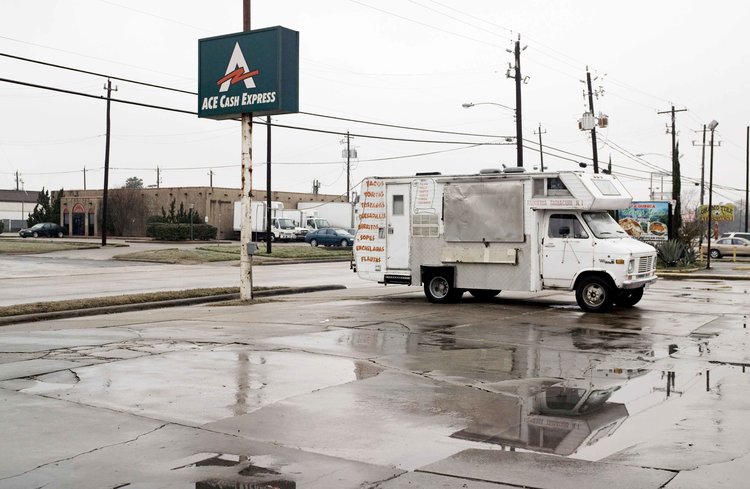VOLUNTEER
BY PAUL SEAWRIGHT
Paul Seawright (born 1965, Belfast, lives Belfast) studied at Foundation of Art, University of Ulster, Belfast. He took BA on Photography Photography Film and Video - West Surrey College of Art & Design (Tutors Paul Graham and Martin Parr) and a PhD at University of Wales. He is Professor of Photography at the University of Ulster, and was formerly Dean of Newport School of Art, Media and Design at the University of Wales, Newport, United Kingdom. He was awarded a personal chair by the University of Wales in 2001, and is a Fellow of the Royal Photographic Society, Royal Ulster Academy of Arts and Fellow of the Royal Society of Arts. Seawright is a Council member of the Arts Council of Northern Ireland and Vice President of the Royal Ulster Academy of Arts.
Paul Seawright is both an artist and academic within the world of contemporary photography. An accomplished author who has seen his series published and exhibited internationally. His extensive and inspiring work is mostly characterized by an artistic strategy that undermines the obvious and many times depoliticizes images, creating diverse series focused on troubled or conflicting situations that encourage viewers to see and understand those realities in new ways. Many of his projects could be highlighted, and there is a consistent strategy and conceptual framework on his work that can be traced to his earlier series i.e. Sectarian Murder (1988).
Much of Paul Seawright projects i.e. Invisible Cities (2002), Volunteer (2010) and others alike call our attention to the core of many contemporary individual or collective political, social, cultural and economic problematic boarders and boundaries, which seem for many people invisible.
Volunteer is a survey of sorts, photographs from today's fraying, centreless post 9-11 North American cities. Each photograph made at the location of a military recruiting station, where a different battle is being fought – to find young men and women to volunteer for service in Afghanistan. Starting in Texas, the highest recruiting state in the US, Seawright visited over 500 military recruitment offices in fifteen states. These new works comment not just on the ongoing war and the battle to recruit new soldiers, but the contemporary North American city, a landscape littered with thrift stores, gun dealerships, fast food outlets, nightclubs, car dealerships beneath super-sized American flags, strip malls and pawn shops. It is in these spaces on the margins of small towns and cities that the recruiters look to find the volunteers of tomorrow.
Southern states account for 36 percent of the nation's young adults, according to the Department of Defense, but provide 41 percent of the nation's recruits. Texas is the top state in the South, supplying about 10 percent of military enlistees each year. The services sign up between 280,000 and 300,000 new soldiers, sailors, airmen and Marines annually and, typically have little problem hitting their numbers. In 2010, for the first time, the four largest branches of the armed forces- the Army, Navy, Air Force and Marines, comfortably exceeded their recruiting goals. About 99 percent of enlistees have a high school diploma, and scores on the military entrance exam are the highest in the history of the all-volunteer force. in Paul Seawright’s “Volunteer”
A more recent case in point of this is his ongoing project The List (2014), a series that deals with an invisible America: the non-places where those convicted of sexual offences have to live and work. Thus, viewers of Paul Seawright work are first intrigued by his enigmatic imagery and then led to search for the meaning of his series and vantage point discovering the several layers of meaning behind the images.



